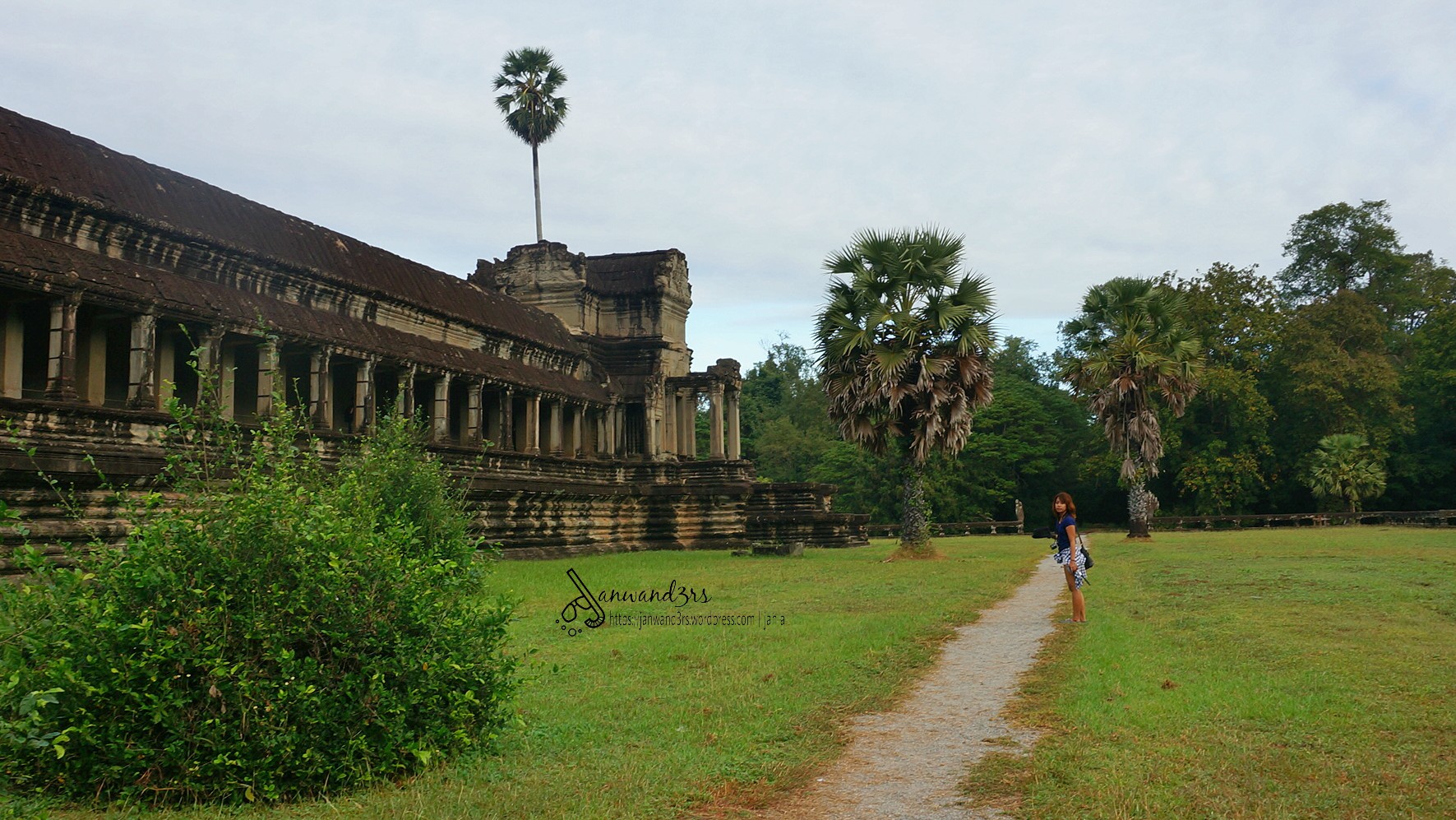Siem Reap, a gateway to the magnificent temple complex of Angkor Wat, can be likened to a meticulously woven tapestry, where each thread represents a unique facet of culture, history, and adventure. Each day spent in this enchanting region unfurls like a fresh chapter, inviting travelers to immerse themselves in its storied past and vibrant present. So, how many days do you truly need in Siem Reap to experience the grandeur of Angkor Wat? The answer is intricately dependent on your interests, pacing, and the depth of exploration you crave.
First and foremost, let’s consider a minimum of three days as an ideal timeframe to capture the essence of Angkor Wat. This duration allows for a leisurely yet exhaustive exploration of the iconic temples, the vibrant local culture, and the serene, lush landscapes that envelop this ancient marvel.
On the first day, immerse yourself in the splendor of Angkor Wat itself, the crowning jewel of the Khmer Empire. Rising majestically at dawn, it is crucial to witness this awe-inspiring temple bathed in the first rays of sunlight, painting it in hues of gold and orange. The early morning ritual of sunrise viewing offers an opportunity to soak in the ethereal beauty, as the reflection of the temple dances upon the tranquil waters of the surrounding moat.
As the sun ascends, explore the intricacies of Angkor Wat’s architecture and art. Each bas-relief tells a story, from epic tales of ancient battles to intricate depictions of daily life centuries ago. The meticulous craftsmanship is a testament to the ingenuity of the Khmer civilization, inviting you to delve deeper into the narratives etched into stone.
After revering Angkor Wat, the adventure continues with an excursion to nearby temples such as Bayon and Ta Prohm. Bayon, with its enigmatic smiling faces, provides a perfect juxtaposition to the serene beauty of Angkor Wat. Roaming through its passageways is akin to walking through a living museum, where every corner reveals a new expression of artistry. Ta Prohm, renowned for its intertwining trees and crumbling ruins, captures the essence of nature reclaiming its territory. The juxtaposition of ancient stone and tenacious flora reveals a poetic story of survival and coexistence.
But three days in Siem Reap is not solely about temple-hopping. The second day opens the door to the local culture. Visit the Old Market, or Phsar Chas, where the air is filled with the tantalizing aromas of street food and the vibrant colors of fresh produce. Here, the cacophony of haggling vendors and laughing locals creates a sensory symphony that encapsulates the spirit of Siem Reap. Engaging with the local community, savoring traditional dishes like fish amok, and sipping on coconut water can paint a vivid picture of life beyond the temples.
Moreover, consider exploring the floating villages along Tonle Sap Lake. This unique aspect of Cambodian life presents an entirely different narrative to the temples you’ve explored. Here, stilt houses rise from the water, and life flows with the changing tides. A boat tour reveals a fascinating landscape where fishery and agriculture coexist, giving insight into the resilience of those who thrive in harmony with nature. The gentle rhythm of the water provides the perfect backdrop for reflection as day two transitions into a tranquil evening.
The third day can be dedicated to delving into the lesser-known temples and off-the-beaten-path experiences. Perhaps break the mold and visit Banteay Srei, affectionately dubbed the “Citadel of Women.” Its pink sandstone and detailed carvings evoke an enchanting charm that transports you to a world of fairy tales. Unlike the vast complexes of Angkor Wat, Banteay Srei feels intimate and almost ethereal, a hidden gem that feels like a secret shared amongst friends.
Engage with the local artisans by visiting workshops specializing in traditional crafts. From silk weaving to pottery, witnessing these time-honored techniques will not only enrich your understanding but also support local livelihoods. Consider taking part in a cooking class where you can learn the secrets of Khmer cuisine, transforming your experience into a deliciously tangible memory to take home.
Ultimately, three days provides a scaffold for a substantial experience, but you might find that you yearn for more time. Five days allows for a more leisurely pace, giving you the opportunity to embrace spontaneous adventures—perhaps a bicycle ride through the picturesque rice paddies, or an impromptu visit to a local village festival, where cultural traditions come alive in a vivid dance of color and rhythm.
In essence, how many days do you need in Siem Reap for Angkor Wat? The answer varies with each traveler’s soul. Whether you choose a whirlwind escapade focusing on the monumental temples, or you lean into a more immersive cultural journey, perhaps accompanied by a day of rest to absorb the profound beauty of this ancient land, Siem Reap’s allure will undoubtedly leave an indelible mark on your heart.
As the sun sets over Angkor Wat, drenching the sky in brilliant shades of purple and pink, it becomes abundantly clear that the days spent here are not merely a measure of time. They are an opportunity to connect, reflect, and grow—transforming fleeting moments into lasting memories beneath the watchful gaze of a thousand stone Buddhas guarding their ancient home.
